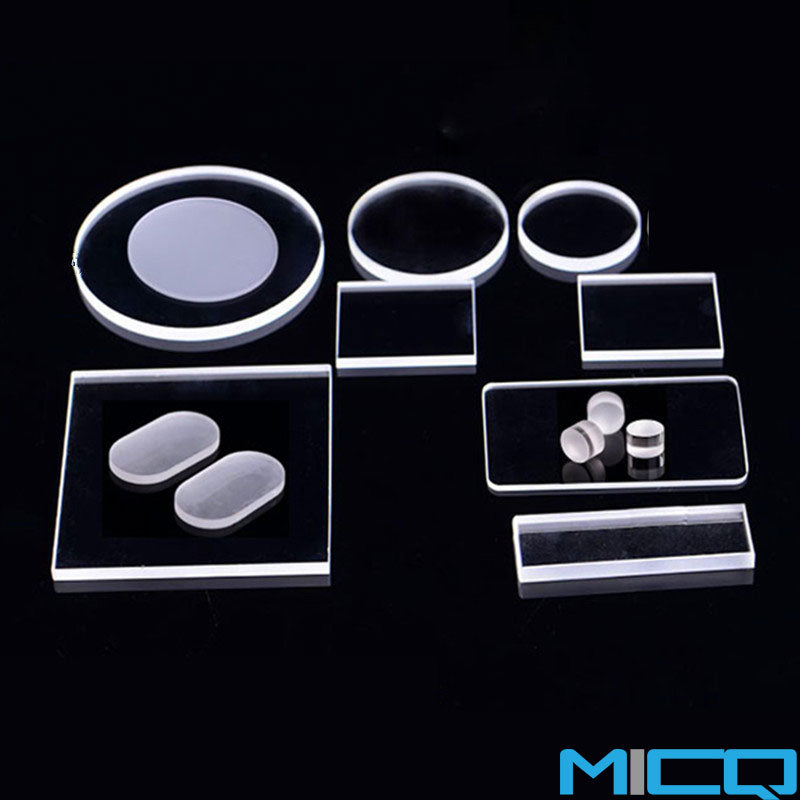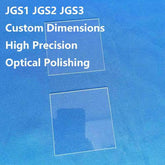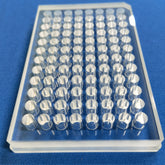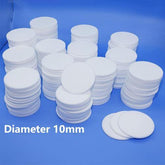Application of sapphire glass in the manufacture of optical components
Sapphire glass is increasingly used in modern science and technology industry, especially in the manufacture of optical components. This article will explore the characteristics, production process and application of sapphire glass in optical components.

Sapphire glass is a single crystal material formed by crystallization of high-purity aluminum oxide at high temperature. This material has high hardness, wear resistance and light transmittance, which makes it important in applications that require high-performance materials. In addition, the thermal expansion coefficient of sapphire glass is very low, which means that its size remains stable under temperature changes, which is crucial for precision optics and electronic equipment. At the same time, it also has good electrical and thermal conductivity, as well as strong corrosion resistance, and can maintain structural and performance stability for a long time in strong acid and alkali environments.
The manufacturing process of sapphire glass mainly includes chemical vapor deposition (CVD), cutting, grinding and polishing. Chemical vapor deposition uses gaseous chemicals to deposit sapphire thin films on a substrate, which is suitable for manufacturing high-precision optical components and electronic devices. In order to make sapphire glass reach the required size and surface quality, precise cutting, grinding and polishing are required. These processes require not only superb technical level, but also strict quality control to ensure the performance and quality of the final product.
In the manufacture of optical components, sapphire glass is an ideal choice for manufacturing high-precision optical devices due to its high hardness and wear resistance. In optical instruments such as high-precision camera lenses, telescopes, microscopes, etc., it can maintain clarity and stability for a long time and improve imaging quality. Secondly, the high light transmittance of sapphire glass makes it perform well in optical windows, lenses, prisms and other components. In high-power lasers, infrared detectors, night vision devices and other equipment, as a window material, it can withstand high-energy radiation and high-temperature environments and maintain excellent light transmittance.







